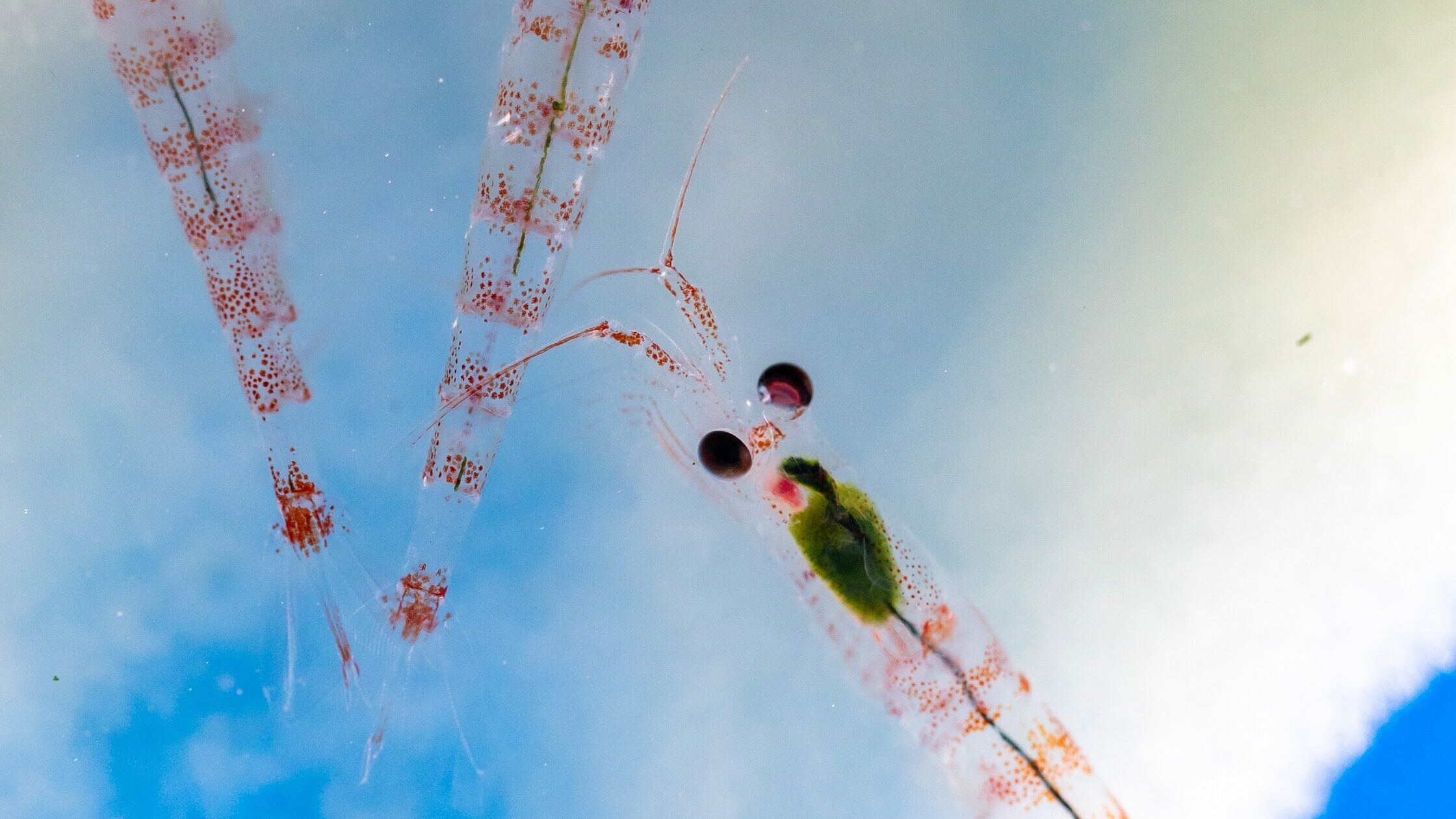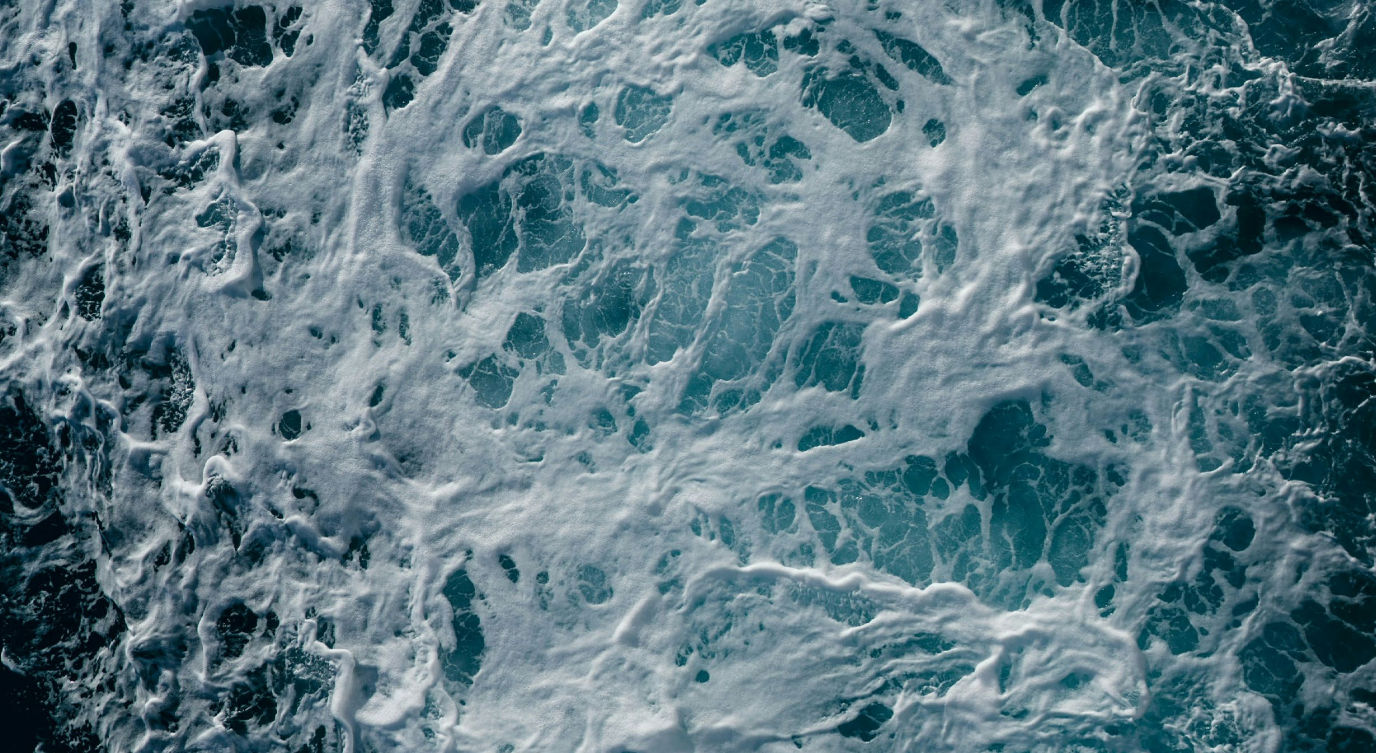New ocean model goes in for the krill

For the first time, researchers are now able to predict where Antarctic krill populations live and in what numbers—information that is critical to forecasting the future of Southern Ocean ecosystems.
The study published this week outlines a new tool, KRILLPODYM, which sheds light on the mysterious lives of these small crustaceans with a complex life history. Antarctic krill development is finely tuned to the extreme seasonality of the Southern Ocean. And they are crucial in the marine food chain—a vital food source for enormous numbers of fish, whales, seals and penguins.
Krill also play an important role in the carbon cycle. At the ocean’s surface they feed on algae, which absorbs atmospheric carbon dioxide. Krill then migrate in swarms to deeper waters, where they excrete fast-sinking poo. This process transfers around 39 million tonnes of carbon per year to the depths of the ocean.
The study’s lead author Dr David Green said despite krill being so important, there is not enough knowledge on their distribution, abundance and habitat requirements. And as the climate continues to warm, understanding how krill respond to environmental change is critical.
“Krill is one of the better sampled zooplankton species within the Southern Ocean,” said Dr Green, who is a marine ecologist with the ARC Australian Centre for Excellence in Antarctic Science (ACEAS) and the Institute for Marine and Antarctic Studies (IMAS) at the University of Tasmania.
“But we still have a lot to learn about where they live and what conditions they need to successfully complete their life cycle.”
Scientists have been trying to build models to estimate krill’s distribution and their specific habitat requirements for decades.
“We need new methods that can explicitly consider the interplay between their life history, biological conditions and transport,” Dr Green said.
“So we created KRILLPODYM, which is a population model based on the characteristics of the underlying environment. It uses environmental inputs from ocean circulation models to simulate the distribution, biomass and spatial dynamics of Antarctic krill.”
“And it also gives us the scope to explore how climate change will affect krill and the ecosystems that rely on them.”
Dr Green said current krill data is particularly sparse outside the south-west Atlantic, where a krill fishery operates––but KRILLPODYM has the capacity to deliver a better understanding of other regions, including the krill ecosystems of East Antarctica within the Australian Antarctic Territory.
The study team used the model to predict the relative distribution of krill biomass across the Southern Ocean, then compared these predictions with observational data. They found that the model already performs well.
“The model can simulate krill biomass at fine resolutions,” Dr Green said. “So it has great potential for testing different fishing scenarios and the effects on krill abundance, as well as dependent predators, across different spatial scales.”
When considered alongside the requirements of the animals that eat krill, KRILLPODYM will be a valuable tool for managing competition between fisheries and ecosystems. It can also be used to show how changes in sea ice, ocean currents, temperature and food availability will affect krill populations in the coming decades.
“As we continue to develop and improve our model, we hope to provide additional guidance for the sustainable management of our fisheries and oceans,” Dr Green said.
PAPER
David B. Green, Olivier Titaud, Sophie Bestley, Stuart P. Corney, Mark A. Hindell, Rowan Trebilco, Anna Conchon, Patrick Lehodey. (2023). Front. Mar. Sci. ‘KRILLPODYM: a mechanistic, spatially resolved model of Antarctic krill distribution and abundance‘. DOI: 10.3389/fmars.2023.1218003



